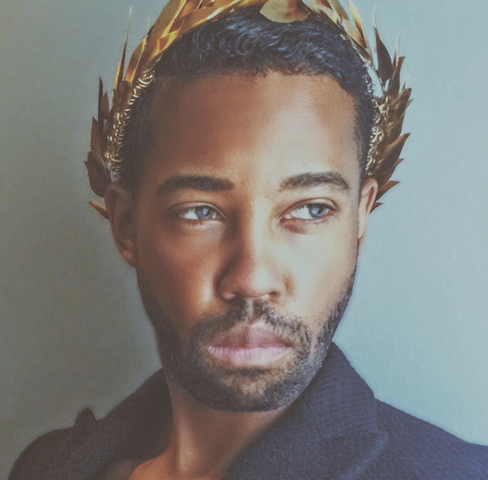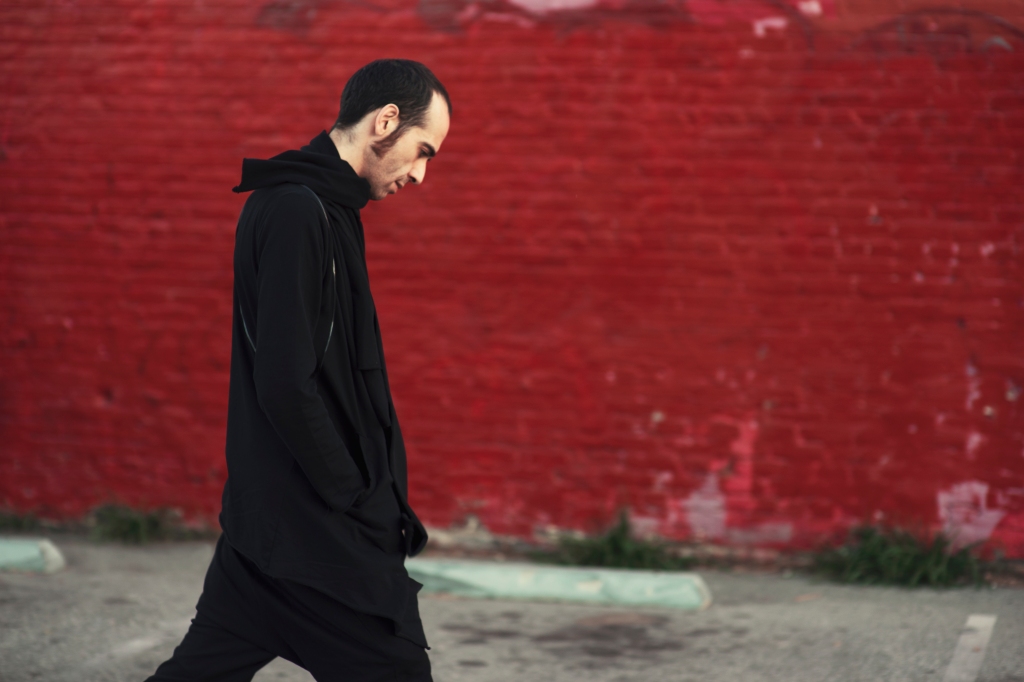
Francis-Bacon-Artist
Francis Bacon – Power, emotion, grotesque
Francis Bacon (1909 – 1992) was one of the most prominent British painters in the 20th century. Indeed, there was nothing ordinary about this man – not in his art, in his lifestyle or in his personal life. It can be said that he wanted to experience all aspects of life, good or bad. Bacon traveled the world, often changing his place of residence; he loved to gamble and even ran a casino for a while, indulging in sexual relationship with men of all ages and social backgrounds. He was a prominent figure in the artworld of Europe and the U.S. Simply put, he was truly extraordinary.

Francis Bacon in Studio – courtesy of schermodellarte.org
Bacon was born to an Irish family and had quite an unhappy childhood – growing up gay with a homophobic father (a retired Army Major with anger issues) and a self-absorbed mother will have such consequences on a child’s life. The only close relative he was fond of was his grandmother Winifred Margaret Supple, ‘Granny Supple,’ who really didn’t like her son-in-law. It is believed that parts of her house – namely, the bow-ended rooms – are echoed in backdrops of many paintings created later by her grandson. So, the painter had the misfortune to learn about the ugly side of life at a very young age and this knowledge has, obviously, been one of the most important influences that shaped his artistic credo. By his own account, Bacon was expelled from his family home in 1926 (when he was 16), one of the main reasons begin his sexual orientation – reportedly, his father caught him trying on his mother’s underwear. Also, according to the official website, “Bacon’s humiliation was heightened by a strong physical attraction towards his father, first realised through sexual encounters with stable hands” (it is also said that his asthma – that followed him through life – made him even more inadequate in his father’s eyes). Thus, left to fend for himself, he stayed in London for a few months and then moved on to Paris.
From that point, it can be really challenging to follow his movements, as he often moved – Chelsea, Monte Carlo, Côte d’Azur, South Africa, Southern Rhodesia (modern Zimbabwe), London, Morocco…

Francis Bacon and George Dyer – courtesy of telegraph.co.uk
Practically having no family, Bacon found support and understanding in the circle of close friends and lovers who, also, provided constant inspiration for his art. Among them we find Lucian Freud – the subject of one of Bacon’s most famous paintings – John Deakin, Muriel Belcher, Henrietta Moraes, Daniel Farson and Jeffrey Bernard. Bacon often painted his friends, believing that best form of inspiration can be found in things and people that surrounded him.

Francis Bacon – courtesy of culture24.org.uk
Two especially important figures in this sense were George Dyer and John Edwards. Dyer was, by many accounts, a kindred spirit – a borderline alcoholic, like Bacon, he was said to be obsessed with his appearance (and only his appearance), but his dark personality and troubled mind proved to be an unending source of inspiration for Bacon. Their turbulent relationship, unfortunately, ended with Dyer’s suicide that strongly affected Bacon’s state of mind and thus, his art. Death became a constant preoccupation. In 1974, Bacon met John Edwards, a man with whom he forged one of his most enduring friendships and who inherited the artist’s £11 million estate. Their relationship sparked public much interest and spawned many gossips since, both men were openly gay, yet Edwards – who died in 2003 – insisted on the fact that they were never lovers. In any case, he definitely provided Bacon with stability and love he sought throughout his life. Francis Bacon died in 1992 in Madrid, from a respiratory distress – asthma finally got the best of him.

Study after Velazquez’s Portrait of Pope Innocent X 1953 – courtesy of tate.org.uk
Looking at Bacon’s artistic output, one can’t help but notice a lot of consistencies that seem to contrast his eventful life. It seems, namely, that his expression matured, but never changed drastically. He was strongly influenced by surrealism, but was also very fond of the great masters, such as Matthias Grünewald, Diego Velázquez – whose Portrait of Pope Innocent X was the inspiration for Bacon’s Head VI, a painting that was largely responsible for launching his career – and Rembrandt, as well as Picasso. He remained true to figurative painting, never fully embracing abstractionism that was popular among great painters of the 20th century. Bacon mostly (but not exclusively) painted male figures, each one being “deformed”, revealing his preoccupation with the grotesque and darkness. His attachment to surrealism is also evident in the fascination with the “other” side of human nature, with decadent, twisted and troubled aspects of humanity. Hence, death represents a very important motif. Another persisting theme are his “screams”, appearing in a number of his paintings from the 1940’s and 1950’s – Study after Velázquez’s Portrait of Pope Innocent X (1953), Fragment of a Crucifixion (1950), or Head VI (1949). Bacon became fascinated with screams after seeing The Battleship Potemkin (1925) by Sergei Eisenstein and the famous Odessa Steps scene. In his apartment, he kept a still from this scene, showing a close-up of the nurse’s head screaming in terror that provided inspiration on many occasions.

The Three Studies of Lucian Freud – courtesy of artpaintingartist.org
One of his most famous paintings is titled Three Studies of Lucien Freud (1969) and it reveals many features typical for Bacon’s art. First of all, there is the obvious – a male figure, painted in a surrealist fashion, a study in figure painting that reveals his practice of painting friends or, in this case friends/artistic rivals. As the title implies, this is a triptych, the three paintings making a whole, envisioned to be exhibited together. They show Freud sitting in a cage – another important motif – positioned in front of a headboard of a bed (originating in a set of photographs of Freud by John Deakin). Triptych reveals an extraordinary contrast between two and three dimensional space, as paintings appear at the same time flat and possessing depth, depending on which part of the composition one’s eye is focused on. Freud’s figure is distorted and deformed, painted from different angles, portraying movement and stillness at the same time. All three paintings show the same things – feeling of isolation, preoccupation with things “beyond” what the eye can see and a serious study of the 20th century human body.

Figure with Meat – courtesy of artic.edu
Thank you, to guest writer Adriana Sabo






Leave a comment